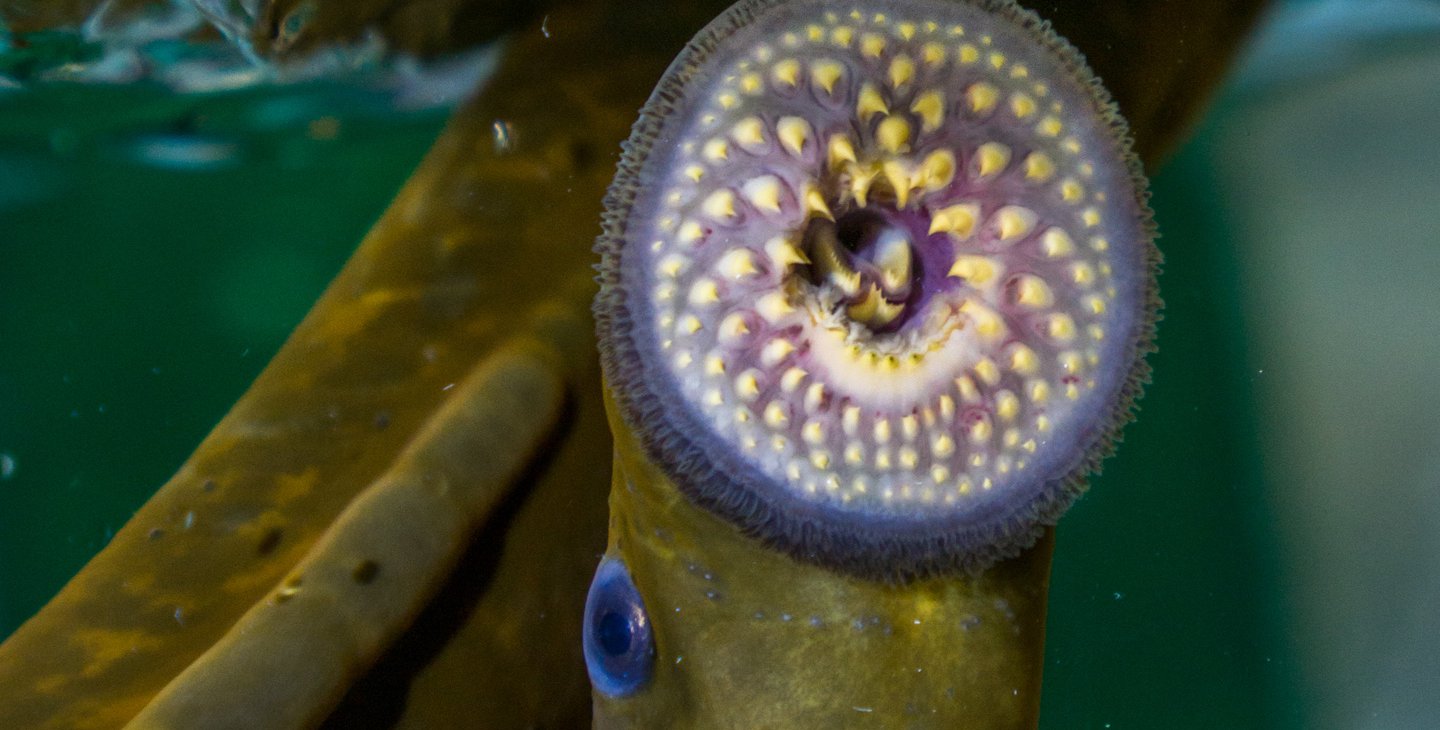For decades, researchers believed that lamprey—eel-like jawless fish—did not have sympathetic neurons, which are a part of the peripheral nervous system. The sympathetic nervous system is made up of nerves that target internal organs throughout the body, including the heart, pancreas, and gut. Persistent activity of the sympathetic nervous system is required to maintain homeostasis, as it modulates processes such as cardiac output, blood glucose monitoring, and digestion. The system is also best known for mediating the fight-or-flight response in vertebrates.
Lamprey, or Petromyzon marinus, are the closest thing we have today to studying the ancient fish ancestors from which we evolved 550 million years ago. Researchers in the laboratory of Marianne Bronner, Edward B. Lewis Professor of Biology, director of the Beckman Institute and an affiliated faculty member with the Tianqiao and Chrissy Chen Institute for Neuroscience at Caltech, use lamprey to study how developmental changes may have promoted progressive evolution of vertebrate traits. Now, new research from Bronner’s lab finds sympathetic neurons in lamprey, revising the timeline of sympathetic nervous system evolution.
“Over a hundred years of literature has suggested that lamprey lack a sympathetic nervous system,” says Bronner. “Surprisingly, we found that sympathetic neurons do, in fact, exist in lamprey but arise at a much later time in lamprey development than expected.”
The research was led by postdoctoral scholar Brittany Edens and is described in a paper appearing on April 17 in the journal Nature. The paper is titled “Neural crest origin of sympathetic neurons at the dawn of vertebrates.
